Finding Gold With Metal Detector || Success Stories 2022
You may think the lone treasure-seeker scanning the sand with a metal detector at the beach seems a bit waste of time but that only if you didn’t find a .
The fine art of metal detecting gets a whole lot profitable when you read about what the treasure seekers have found, like the retired businessman who unearthed the largest Viking gold and silver artifacts dating back more than 1,000 years. Derek McLennan the prospectors who find this treasures in October 2014 in Scotland, hailed as the United Kingdom’s most significant in over a century. Comprised of more than 100 items, it was the largest and most diverse collection of Viking-age gold objects known from Britain and Ireland, filled with an astounding range of rarities. Among other items, there was a ninth-century solid silver cross, a silver pot, gold objects, a rare silver cup engraved with animals that dates from the Holy Roman Empire, and a gold bird pin. It wasn’t McLennan’s first big find, either. The year prior, he found about 300 medieval coins in the same area.
His efforts were handsomely rewarded. Three years later, he was awarded the equivalent of $2.5 million. He’d passed along his find to the Queen’s and Lord Treasurer’s Remembrance, which makes rulings on items deemed not to have an owner, according to The Independent, and they set the price of his payment.
You just never know what these modern-day prospectors might discover. With that in mind, we rounded up some of the more significant finds that have us thinking that maybe it’s time to get a metal detector after all .
1. The Great Hoard
In July 2009, metal detector enthusiast Terry Herbert decided to try his luck in farmland close to his home in Staffordshire in the English countryside. He came across an artifact, Over the next five days, he found enough gold objects in the soil to fill 244 bags with and thats how finding gold with metal detector works. An archeological expedition was hatched, and all told, the “Staffordshire Hoard” was found to contain more than 4,000 pieces representing hundreds of complete objects. The cache of gold, silver, and garnet objects from early Anglo-Saxon times represents one of the most important kingdoms of the era — and was valued at around $5.3 million.
The Staffordshire Hoard is considered the largest collection of Anglo-Saxon gold and silver objects ever found. It is believed that the treasures were buried during the 7th Century (600-699AD), when the region was part of the Kingdom of Mercia.
2. 385-year-old chalice
When Mike DeMar was diving off the coast of Key West in 2008, he thought he had come across some trash buried in a foot of sand, but … not even close. “I thought I was digging a beer can that the metal detector hit,” said the 20-year-old treasure diver. “I couldn’t see any gold until I pulled it out. The sediment cleared away. The gold started to shine. Time just stopped down there underwater. “I thought: ‘Oh my God.'” The gold, nearly a pound of it, was in the form of a 385-year-old chalice from a Spanish ship called the Santa Margarita. The ship sank in 1622 during a storm; while the hulks settled on the seafloor some 30 miles off Key West, another storm came along and scooted the chalice and other debris in a different direction, making it a surprising find for the area. The chalice was valued at about $1 million.
3. Ringlemere Gold Cup
Another story on finding gold with metal detector , While pursuing his hobbies of amateur archeology and metal detecting, retired electrician Cliff Bradshaw discovered the Ringlemere Gold Cup, a Bronze Age vessel found in the English county of Kent in 2001. Although it had been damaged by a modern plow before he found it, the object, which was beaten from a single piece of metal, is still a remarkable find. It is one of only seven similar gold “unstable handled cups” found in Europe dating to the period between 1700 and 1500 BC. It was purchased by The British Museum for $520,000, which was split between Bradshaw and the family who owned the farm where the cup was found.
4. 26.6 pounds gold nugget
In 1989, a prospector from Senora, Mexico, purchased an inexpensive metal detector at Radio Shack and took it to the desert. After days of finding little more than assorted junk, he hit a gold nugget weighing 389.4 troy ounces, or 26.6 pounds! The gold nugget was so big that it even earned the name, “Boot of Cortez.” It’s the largest surviving nugget in the Western Hemisphere. For reference, the second largest surviving gold nugget in the Western Hemisphere weighs in at 100 ounces less than The Boot. In 2008, the Boot of Cortez was sold at auction for $1,553,500.
5. 18th-century Spanish Treasure
In 1952, maritime historian and pirate specialist and maritime historian Edward Rowe Snow headed to a small island off the coast of Nova Scotia armed with a metal detector and a mysterious old map. Not only did the detector lead him to a stash of 18th-century Spanish and Portuguese doubloons, but he also found a skeleton clutching the coins.
6.Henry VII gold coin
37-year-old, from Middleton in Derbyshire, literally struck gold when out near Ashbourne with his trusty metal detector. When he started hearing the right noises, he began to dig, and to his amazement unearthed a rare gold coin dating from the reign of Henry VII, founder of the Tudor dynasty and the only Welshman to sit on the English throne.
Best Gold Hunting Metal Detectors
Most manufacturers design metal detectors specifically for finding gold with metal detector . And balancing out the mineralization of the soil is of utmost importance. Gold detectors are designed to cancel out mineralization, so no matter which unit you choose, check out the ground balance specs first. Before making a purchase, it is important to answer the question: will you only use this detector to hunt for gold nuggets, or will you use it to find coins and relics also?
Can Metal Detectors Find Gold?
As far as gold-hunting detectors go, there are two types—very low frequency (VLF) and pulse induction (PI). VLF detectors designed to find gold, feature a higher operating frequency than other models in order to offer greater sensitivity to small gold nuggets. Realistically speaking, the chances of finding a pencil tip sized nugget is higher than uncovering a large one, which is why many gold hunters opt for a VLF detector. In this same frame of thinking, a small search coil will also provide increased sensitivity to small pieces of gold. However, these search coils won’t cover as much ground or search as deeply as larger coils.
Pulse induction (PI) detectors are a bit pricier because they provide newer technology for finding gold nuggets. They are built with advanced detection depth and high functionality in mineralized soil. Field tests support the claim that PI detectors can detect large nuggets at up to 2 feet or deeper. Many of these units are being designed to be more lightweight than previous iterations; many are also waterproof in shallow water. Avid gold hunters are moving toward PI units, although some say they use both varieties of gold detectors.



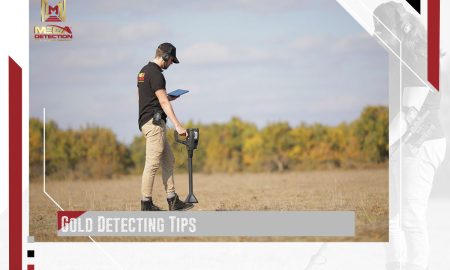

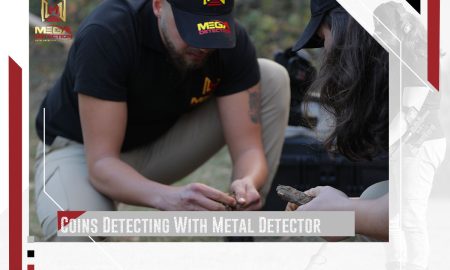

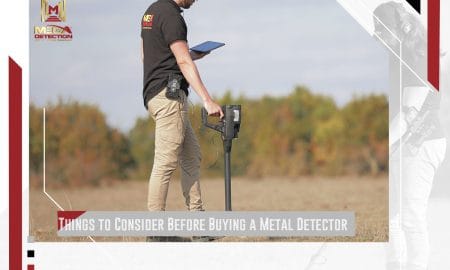

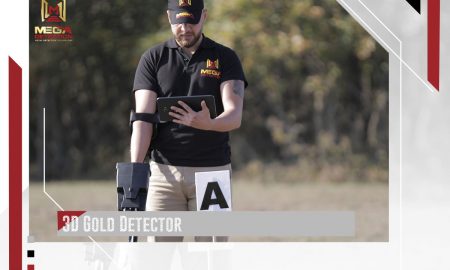
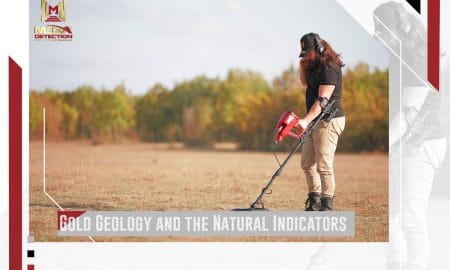
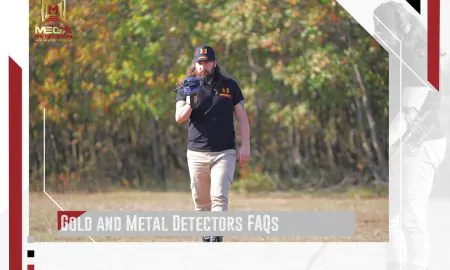
Leave a Reply